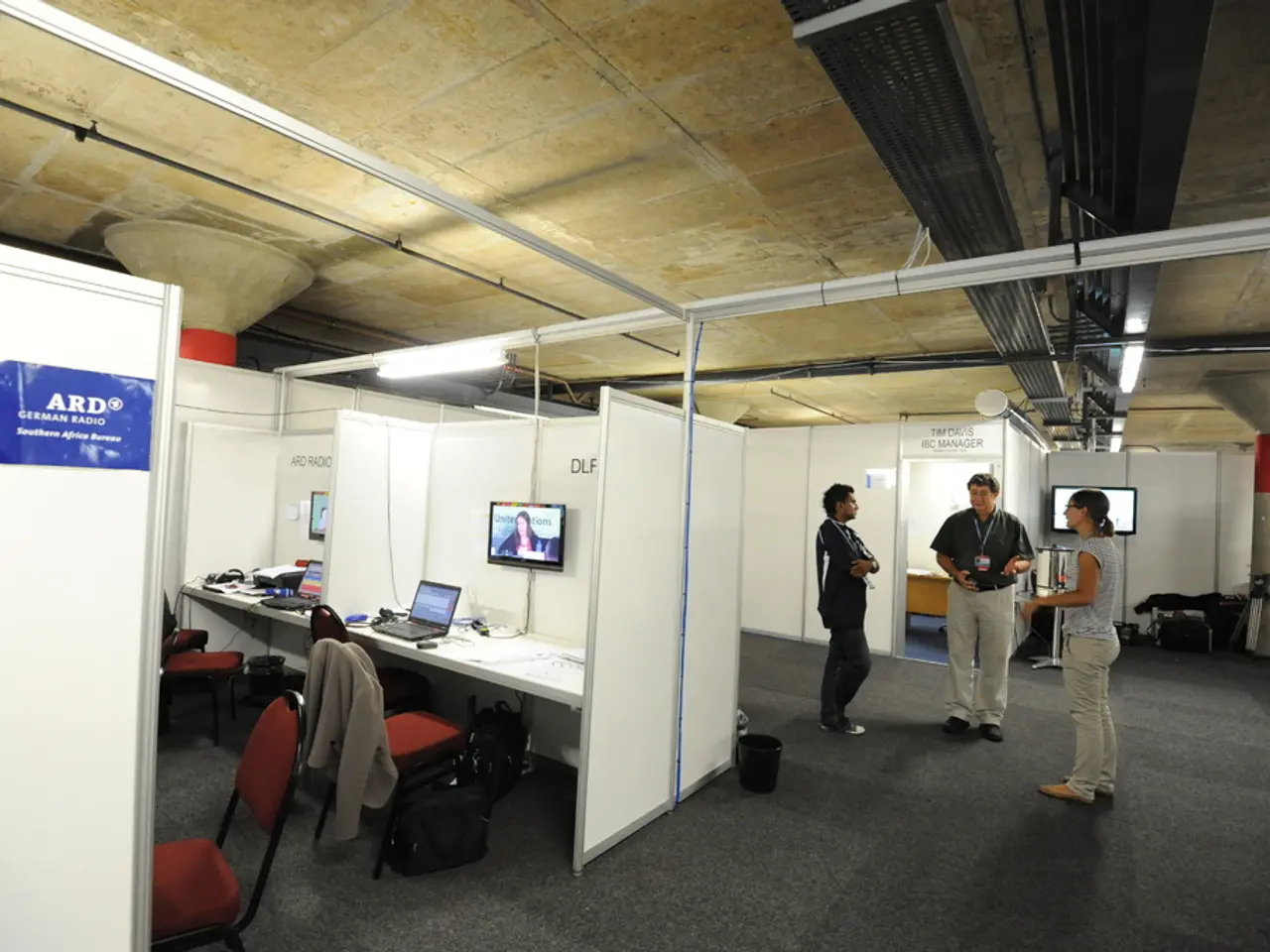Modern retail structures harnessing advanced technology are shaping the evolution of shopping experiences.
In the rapidly evolving world of retail, innovation begins at the most fundamental level - the shelf. In 2025, retailers are embracing the future by digitizing their store infrastructure, making the humble shelf a gateway for real-time insights, immersive experiences, and agile operations.
Leading grocers and general merchandise retailers are leveraging smart shelves and IoT infrastructure to create data-driven, AI-powered, and personalized retail experiences. This transformation sees the shelf evolve from a product storage area into an intelligent, responsive platform that drives real-time operations and customer engagement.
Key ways smart shelves and IoT are used in retail include real-time inventory tracking and stock management, automated planogram compliance and shelf analytics, enhanced operational efficiency via IoT connectivity, AI-driven personalization and hyper-targeted offers, and integration with customer shopping apps.
Smart shelves embedded with weight sensors and RFID tags continuously monitor product quantities and locations, alerting staff to stockouts or misplaced items instantly. Computer vision and depth-sensing cameras check if products are correctly placed and detect spills or damages, helping maintain consistent shelving standards.
IoT connectivity enables communication between shelves and centralized inventory and analytics systems, providing real-time data, generating heatmaps of shopper engagement, tracking dwell time, and managing associate tasks dynamically. This automation enables more agile store operations and improves overall efficiency.
AI is used to build individual customer profiles and preferences based on purchasing behavior and in-store movement, enabling hyper-personalized recommendations, promotions, and marketing campaigns. Some retailers, like Kroger, integrate smart shelf data with mobile apps to help customers navigate stores efficiently based on their shopping lists.
The benefits of this transformation are substantial. Retailers are observing a reduction of food waste by 20-30% through intelligent forecasting and shelf agility. AI-powered personalization is boosting retail revenue by up to 40%. Shrinkage is being reduced, and inventory accuracy is being improved through continuous monitoring.
Technologies enabling these capabilities include RFID for exact product location tracking, weight sensors for stock counting, computer vision and AI for product identification, damage detection, and shelf compliance monitoring, edge computing for real-time insights, IoT connectivity for communication between shelves and central systems, cloud integration for data storage and analysis, and remote access and reporting.
In summary, leading retailers are building smart store infrastructure starting at the shelf level to provide a connected, data-rich foundation. This empowers AI-driven automation and personalized marketing, creating differentiated and scalable retail experiences that meet modern consumer expectations. The future of retail is here, and it's starting at the shelf.
- Amid the innovation in the retail industry, traditional shelves are being transformed into smart, intelligent platforms using AI and IoT technology.
- By employing weight sensors and RFID tags, smart shelves can continuously monitor product quantities and locations, ensuring stocks are accurately tracked and alerting staff to any discrepancies.
- Computer vision and AI are used to maintain shelving standards by identifying correctly placed products, detecting damages or spills, and enforcing planogram compliance.
- AI is also utilized to create individual customer profiles, facilitating hyper-personalized recommendations, promotions, and marketing campaigns, which can boost retail revenue by up to 40%.




